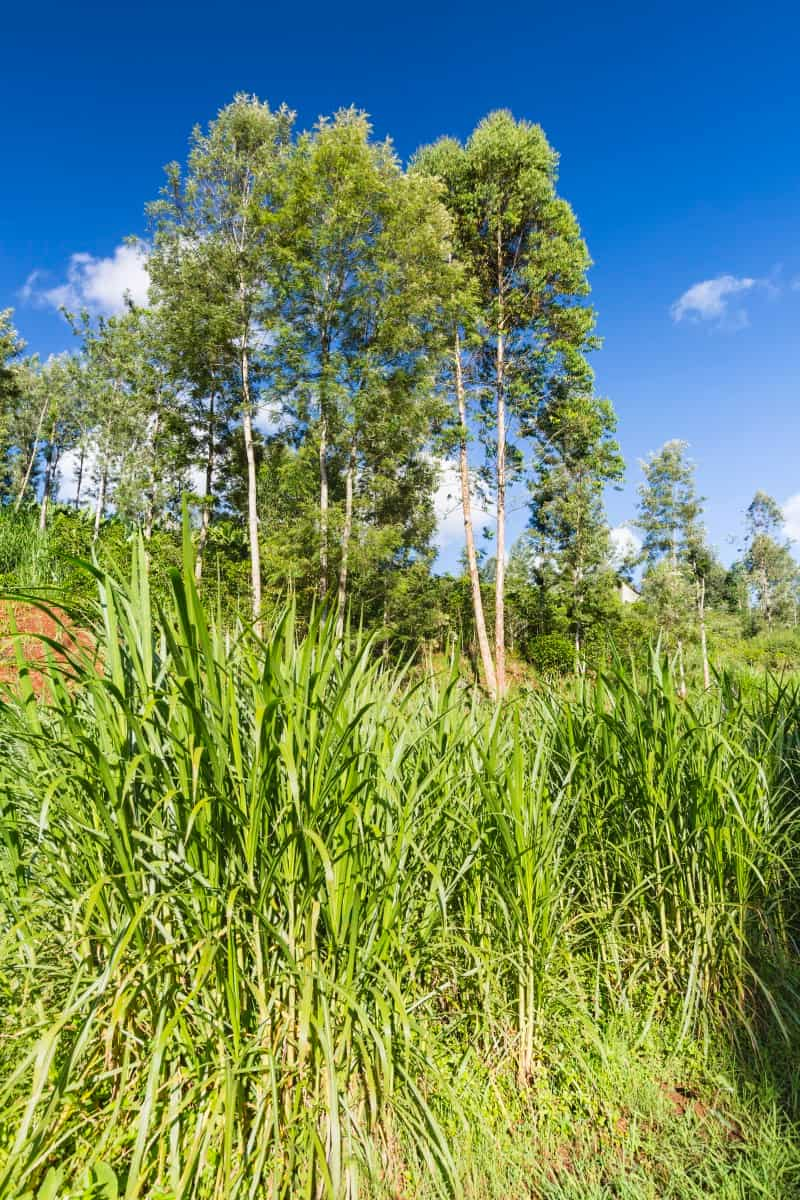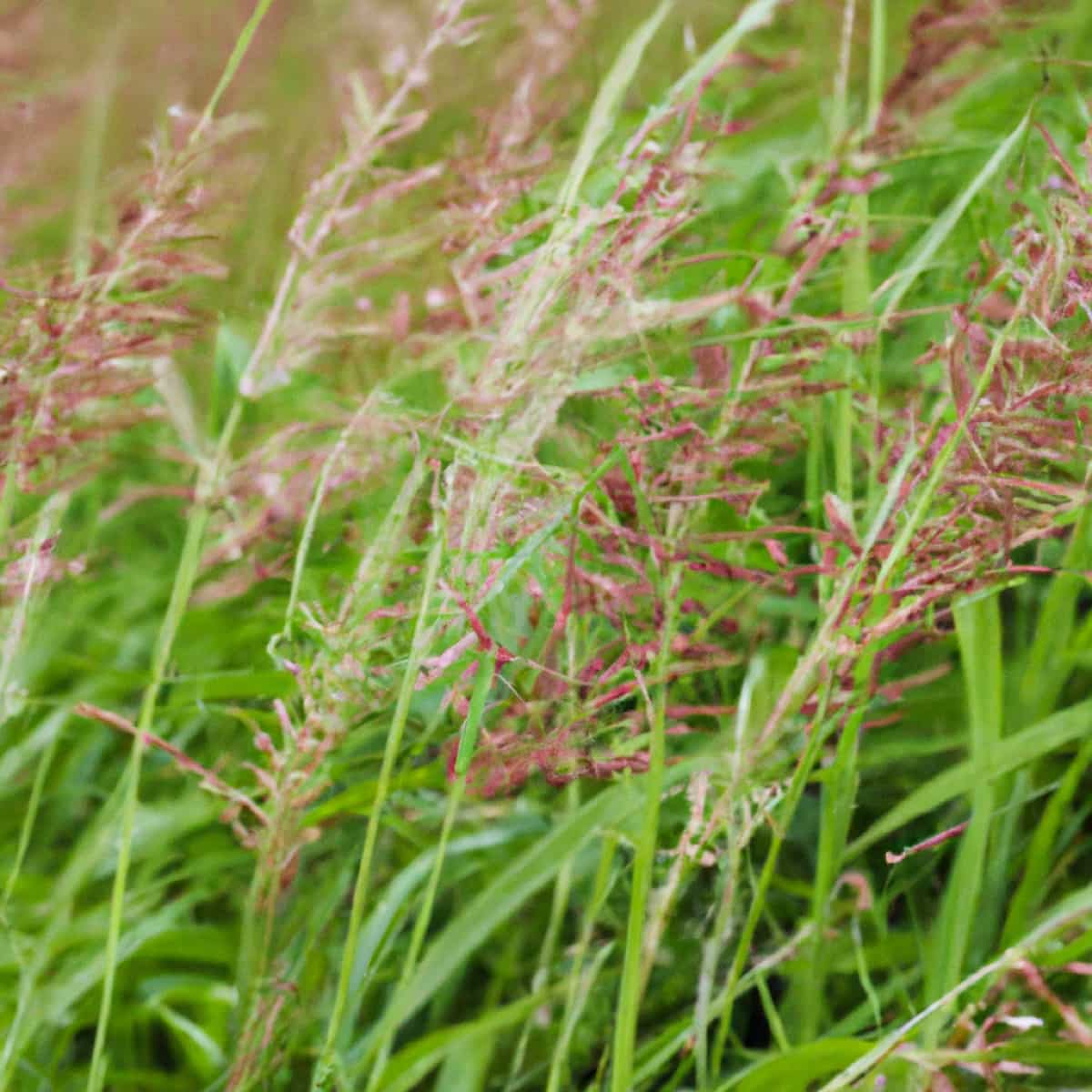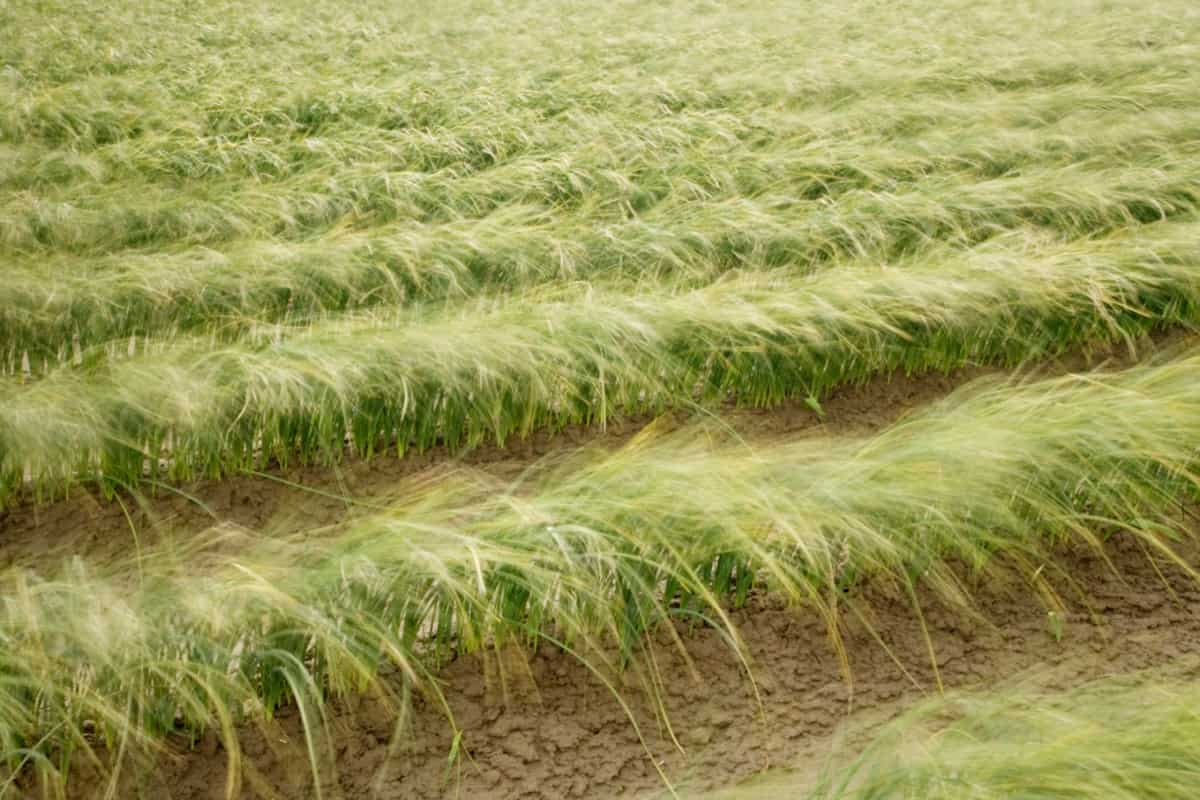Grass fodder crop production and management form the backbone of successful livestock farming, providing the essential nutrients livestock needs to thrive. The species of fodder crops can make a significant difference in livestock production, affecting everything from the health and growth rates of the animals to the quality of the meat and milk they produce.
This article will guide you through four prominent examples: Hybrid Napier, Guinea Grass, Para Grass, and Blue Buffel Grass, highlighting their importance and management techniques to optimize your livestock farming operation.
Guide to Grass Fodder Crops
Hybrid Napier
Hybrid Napier is a perennial grass fodder crop known for its rapid growth rate and high nutritional value. Originating in tropical Africa, this hardy grass is widespread worldwide, especially in Asia and the Pacific. It is particularly well-adapted to the subtropical and tropical regions, making it a perfect choice for many farming operations.

Hybrid Napier’s high productivity stems from its ability to regenerate quickly after harvesting, providing up to 150 tons of green fodder per acre per year under optimal conditions. This grass provides a high crude protein content (around 8-12%), making it an excellent source of nutrition for livestock. It also exhibits good digestibility and palatability for animals.
Management of Hybrid Napier involves maintaining a proper cutting schedule, generally every 45-60 days. This interval allows the grass to regrow and maintain its nutritive value. It’s also crucial to replace the plantation every 3-4 years to maintain optimal production levels. In terms of pests and diseases, regular inspection and treatment, if necessary, is vital to ensure the plant’s health and productivity.
Guinea Grass
Guinea grass is another tropical perennial grass that is integral to grass fodder crop production. Guinea Grass, originating from Africa, has achieved global distribution by adapting to diverse climates and soil conditions. This highly adaptable grass can grow under relatively low rainfall conditions, making it an excellent choice for arid or semi-arid regions. Guinea grass is highly productive, with a well-managed crop potentially yielding 80-100 tons of green fodder per acre annually.
It has a moderate protein content, typically around 7-11%. The grass is also highly palatable to livestock, enhancing its value as a fodder crop. The management of Guinea Grass requires regular harvesting, typically every 30-45 days, depending on the growth rate and the weather conditions. This grass species has a deep root system, which allows it to withstand periods of drought. Regular fertilization with nitrogen and phosphorus can enhance its growth and nutritional content.
Para Grass
Para Grass is a robust perennial tropical grass native to Africa. It’s now found in tropical and subtropical regions worldwide. Para Grass thrives in waterlogged and marshy lands where other grasses often fail, making it a valuable resource for farmers. Para Grass can yield about 60-80 tons of green fodder per acre per year when managed correctly. Its protein content is comparable to other grass fodders, typically ranging from 6-10%.
In case you missed it: Ultimate Guide to Azolla Fodder/Feed: As Livestock Feed and Production

Para Grass is also highly digestible and is well-liked by livestock, which adds to its value as a fodder crop. The management of Para Grass involves regular cutting to stimulate growth – typically every 30-45 days. It is also a good practice to replant the crop every 3-4 years to maintain its productivity. Para Grass is generally resistant to common pests and diseases, making it a relatively low-maintenance fodder crop. However, routine inspections are recommended to prevent possible infestations.
Blue Buffel Grass
Blue Buffel Grass is a perennial grass native to Africa, the Middle East, and India. It is incredibly resilient and can tolerate harsh environments, including high temperatures and drought conditions, making it an excellent option for arid and semi-arid regions. Blue Buffel Grass is a high-yielding crop, capable of producing up to 40-60 tons of green fodder per acre per year in ideal conditions. Its protein content is somewhat lower than the other grasses discussed, typically around 6-9%, but it is still an important fodder crop due to its resilience and adaptability.
Management of Blue Buffel Grass involves strategic irrigation, especially in arid regions, to maximize growth. The grass should be harvested every 30-45 days, depending on the weather and growth conditions. Replanting Blue Buffel Grass every 3-4 years is generally recommended to maintain productivity. This grass is usually resistant to pests and diseases, but monitoring for potential issues is always beneficial.
Planting and Irrigation
The next step in grass fodder crop production is planting. For grasses like Hybrid Napier and Guinea Grass, this typically involves planting stem cuttings, while for others like Blue Buffel Grass, seeds may be used. The planting method, spacing, and depth should be carefully considered to ensure optimal germination and growth.
Irrigation is also a vital factor to consider in fodder grass production. The requirement for water varies significantly among different grass species. For example, Para Grass is highly tolerant of waterlogged conditions, while Blue Buffel Grass is more suited to drier climates. Optimal irrigation practices should be tailored to accommodate the unique requirements of the grass species and prevailing climate conditions, necessitating adjustments in frequency and volume as necessary.
Fertilization and Pest Management
Fertilization is another crucial aspect of grass fodder crop management. Regularly applying appropriate fertilizers can significantly enhance the growth and nutritional quality of the grass. Nitrogen is particularly important as it promotes leafy growth, which is the primary part of the grass consumed by livestock. However, the specific nutrient requirements can vary among different grass species and should be tailored based on soil testing results and the particular needs of the crop.
In case you missed it: Ultimate Guide to Legume Fodder Crops: Cowpea, Desmanthus, Lucerne, and Stylo

Pest and disease management is also crucial for maintaining the health and productivity of grass fodder crops. Routine examinations must be conducted to detect indications of pest infiltration or ailment. If any problems are identified, appropriate control measures should be implemented promptly to minimize damage. This could involve the use of pesticides or biological control agents, depending on the severity of the problem and the specific pest or disease involved.
Conclusion
Understanding each grass type’s specific requirements and attributes is the key to success in grass fodder crop production and management. You can maximize your fodder crops’ productivity and nutritional value by selecting the most appropriate grasses for your local conditions and managing them effectively. This, in turn, enhances the health and productivity of your livestock, resulting in a more successful and sustainable farming operation.
- Ultimate Guide to Ossabaw Island Hog: Breeding, Raising, Diet, and Care
- Ultimate Guide to Juliana Pig: Raising Facts, Size, Diet, Care, and Lifespan
- Raising Lleyn Sheep: Disadvantages, Price, Uses, Characteristics, and Care
- Ultimate Guide to Meishan Pig: Breed Facts, Breeding, Raising, and Care
- Ultimate Guide to Teacup Pigs: Raising, Diet, Lifespan, Cost, and Care
- Guide to Raising Poll Dorset Sheep: Facts, Profile, Characteristics, Uses, and Care
- Ultimate Guide to Bighorn Sheep: Characteristics, Diet, Lifespan, Breeding, and Lifecycle
- Ultimate Guide to Raising Katahdin Sheep: Farming Facts, Breed Profile, Uses, and Care
- Ultimate Guide to Raising Oreo Cows: Belted Galloways Farming Facts, Profile, Uses, and Care